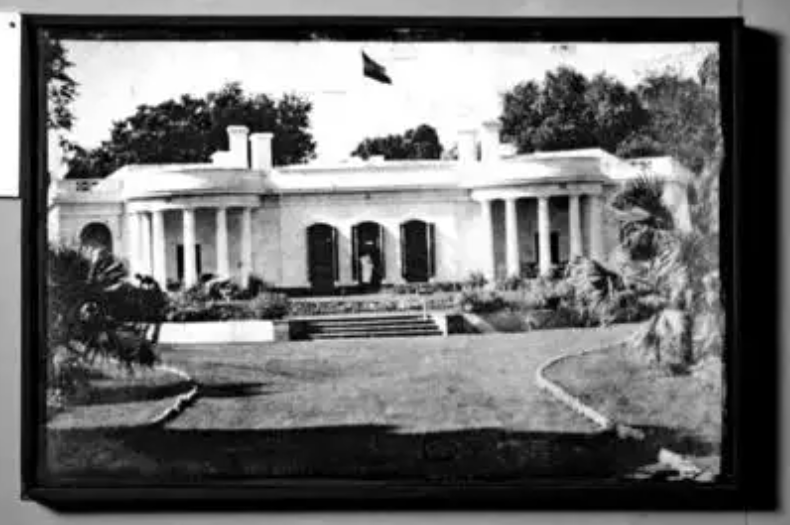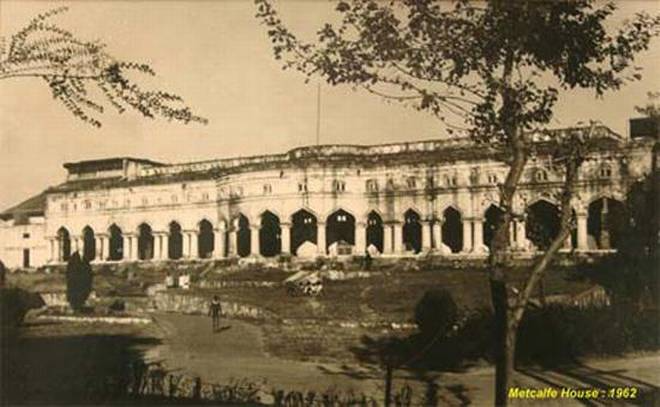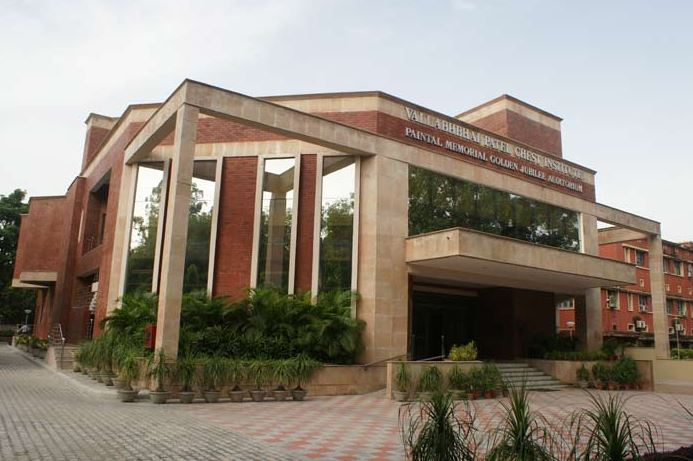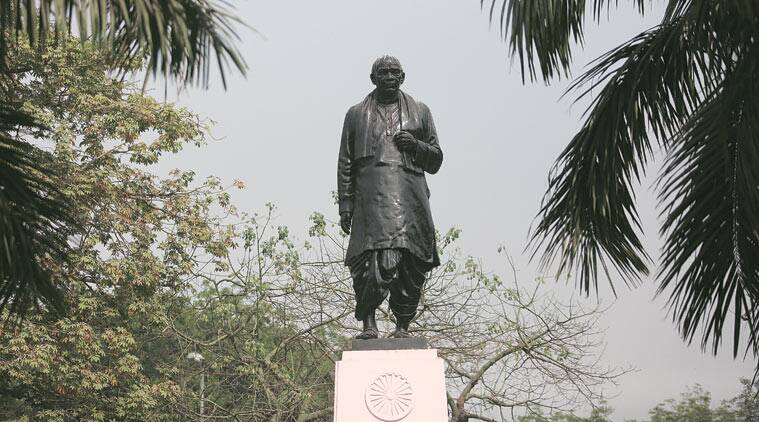Vallabhbhai Jhaverbhai Patel or commonly known as Sardar Patel was the first deputy prime minister of independent India. Known as the “Iron Man” of India, Patel was instrumental in uniting the country through the merger of small princely states. He was also the father of Indian Administrative Services.
Patel shifted to Delhi in 1946, as a home minister of the interim government under the prime ministership of Jawaharlal Nehru. Here, through this article, we will explore Patel’s lost connection with the capital.
Beginning from his residence in Delhi, which used to be the house on 1, Aurangzeb Road, (now known as APJ Abdul Kalam Road). This was owned by his friend Banwari Lal. But now it’s nothing more of a place lost of its identity and connection with the leader.

Similar to his house is another building in Delhi-the Metcalfe house. Constructed around 1835, the Metcalfe House was the hosting venue for the council of state meetings. It is named after Sir Thomas Metcalfe, who was the commissioner of Delhi from 1835 to 1853. It is located in the Civil Lines area of the capital and had a close association with Sardar Patel. The first batch of bureaucrats of newly independent India was addressed by the Iron man Sardar Patel in this Metcalfe house. In his speech, he described civil servants as the steel frame of India. But the place barely has any mention of his footprints.

A few kilometres away from Metcalfe house is the Vallabhbhai Patel Chest Institute, located on the north campus of Delhi University. Besides providing medical facilities related to chest problems, it has another golden feather added to its identity. It is inevitable for a student of DU to complete his/her higher studies without getting materials printed or books and stationery purchased from here. It provides the requisite academic environment for students.

But how did Patel come to get associated with a hospital or even the printing hub in the vicinity of the campus? The story dates back to pre-independence India, with India having just two public health laboratories – in Pune and in Karachi in 1921. Sardar felt the need for more such laboratories that could track diseases and keep a check on the quality of drinking water supply and food supplies. A similar vision was carried out in 1946 when the Committee constituted by the then Vice-Chancellor of the University of Delhi recommended the establishment of a Chest Institute as a premium institution for chest disorders. Sardar Vallabhbhai Patel, the then Deputy Prime Minister of India, was, therefore, called to lay down the foundation stone of the Institute on 6th April 1949. Therefore, the institute is named after him.
For people reaching Bangla Sahib by metro, the nearest metro station is Patel Chowk. Here, we find again Patel’s association. Near Sansad Marg, a huge statue of the Iron man can be seen which is ultimately the reason why the station got its name.

Although the union of the country was carried out by the leader from within the capital, the capital lacks its due credit to the leader.



